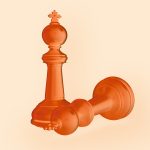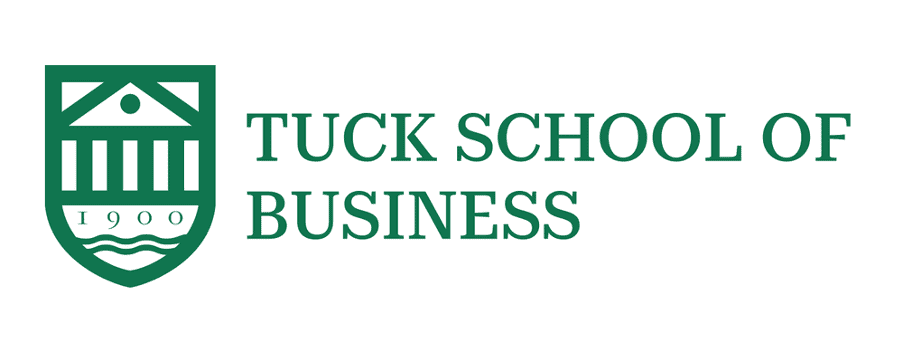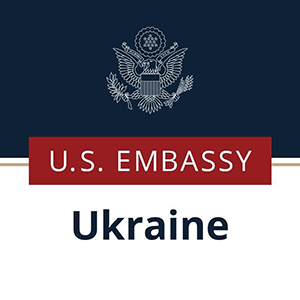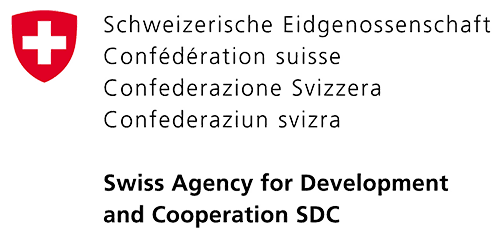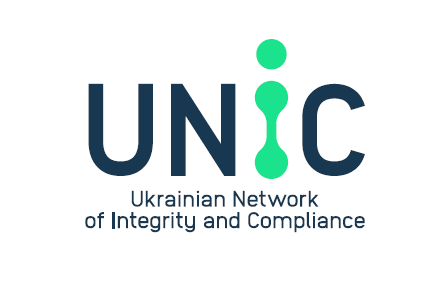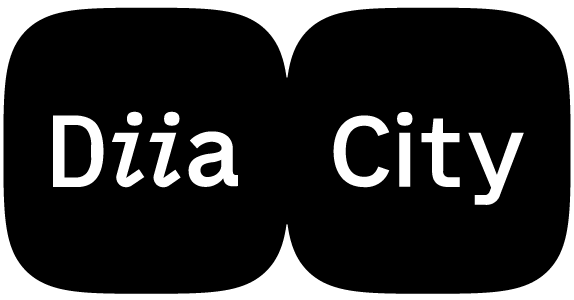Iconart is a project that has discovered contemporary Ukrainian sacred art and showed it to the world. In the four years of its existence, Iconart, the Lviv gallery of contemporary sacred art, has gained the reputation of a recognizable and unconventional art space. How much in demand is modern sacred art? Can this sector compete on a global scale and what are the prospects for its development in our country? We met with Kostyantyn Shumskyi, the owner of Iconart Gallery and an LvBS Key Executive MBA graduate, for a conversation about the peculiarities of running an art gallery business in Ukraine.
– Kostyantyn, please, tell us where the idea to open an art gallery came from? And why, in fact, a gallery of contemporary sacred art?
– The idea of Iconart came to me for two reasons. First, I studied at LvBS, and the implementation of a new business project that wasn’t related to my main professional focus area was supposed to be my graduation project. For a long time, I had been thinking on what exactly such a project could look like. I’ve been interested in art for most of my life. Unfortunately, I can’t draw, sing or do embroidery (laughs). My parents didn’t have a professional association with art. However, my mother was always engaged in amateur activities. She used to host creative evenings, and she’s still very good in reciting poetry. My father tinkered with woodcarving. After he retired, he started drawing. It was a revelation to me! And then I thought why shouldn’t I make good on my wish to be involved in art? This is I came up with the idea for the gallery.
Why sacred art? This was prompted by a renovation of my place. When I finished it, according to a tradition, I had to bring an icon into the house. I started wondering where to buy one. It turned out it wasn’t that simple. Fortunately, I was introduced to the icon painter Ivanka Krypyakevych-Dymyd. And, in a month, I had two great icons. I really liked them. Then a thought dawned on me: if there are people like me who are looking for similar items, why not help them? I also wanted to help those who create sacred art open up to society, introduce their art to customers. This is how the idea of Iconart Gallery of Contemporary Sacred Art materialized.
– The concept of the Iconart Gallery is unique for contemporary art world. As far as I know, today it has no precedents not only in Lviv, but also throughout Ukraine.
– It really doesn’t. Before setting up Iconart, I researched the art gallery market in Lviv and Ukraine. The situation is such that we faced and continue to face the challenge of developing a sacred art market. The artists working in this area have very few ways to make their works accessible to the general public, and there is a lack of information about sacred art in society in general. Many people have no idea such items can be searched somewhere outside traditional locations. The quality of works sold in church shops is a different story. Often, these are brightly packaged reproductions. Thus, one of our tasks is to show that there is something different from the standard imposed concept of the sacred. We present quality art imbued with spiritual sense. We know the people we work with and we understand them. During these four years, I have made myself at home in their world, so I want to share all this with others.
– So it turns out that an important part of your business is information and educational outreach activities?
– In fact, yes. We see the number of our visitors growing from year to year. For example, on the least crowded day, the gallery is visited by about 20 people, while there are days when a hundred visitors show up. We try to keep statistics. And we are happy that some 30-40% of them are young people who hold a constant interest in art. Then, there are those who come and discover something completely new.
– Among the artists whose works you exhibit, are there only Ukrainian artists or painters from other countries as well?
– We are open to the world. In September 2013, the Gallery hosted the first exhibition of a Lithuanian artist. We also hold talks with a Georgian painter and have planned exhibitions of Polish artists.
– Please, share your plans for the next two to three years. How do you rate Ukrainian artists, how competitive are they in the European context?
– I think, at this point, our Gallery is on the verge of transition from the launch phase to an operating venture. The next step is to enter the international market. We’ve had a successful experience in presenting our artists in Poland, in association with Polish partners, as well as took part in Art Manege in Moscow. Further, we received an invitation from a St. Petersburg gallery and a number of U.S. museums. Our strategy includes participation in large-scale representative exhibitions, so that both the gallery and Ukrainian artists gain greater visibility abroad. We believe that the people we work with are very competitive, these are high-end artists.
Our Gallery is a small place, it’s just some 25 square meters. This is, so to speak, our front office, where you can come and feel the Iconart ambience. However, we plan to go beyond our space. We have an interesting experience in cross-cutting areas. For example, we organize exhibitions for Alex Dealership. This is a completely new format.
We also plan to extend our presence to the places frequented by our regular customers. We want to be looked for and we’re happy when visitors come for recommendations. Our target customers are not mass tourists but an intelligent public prone to reflection. Most visitors who are our potential clients are seen during the two events that are important for the city – Alpha Jazz Fest and Lviv Publishers Forum.
I think Lviv needs to do a lot of work to bring in more tourists of this kind. The City of Lion needs to make difference, to have its own mojo to compete with Krakow or Prague. As for me, Lviv has a potential to become a city of galleries. The number of galleries we have here now is zero. It is necessary to have more galleries than souvenir shops in the city, at least a hundred would do (laughs). If people came here to see real art, that would be great.
It’s up to the city leaders to think about the long-term perspective. It is necessary to build a so-called museum and gallery strategy, to bring about the change. I’m confident that such an investment will yield its results, because we have many relevant resources. For example, Andrey Sheptytsky National Museum, where a truly unique and the largest existing collection of Ukrainian icons is displayed and high-quality exhibitions take place regularly.
– What is your creed, based on what rules and values do you build your business?
– I’m not good in nice answers. I think that one must be true to oneself. Every employee needs to be treated as a partner. If you set up a gallery, your team have to understand why we’re doing this, where we go and what we want.


